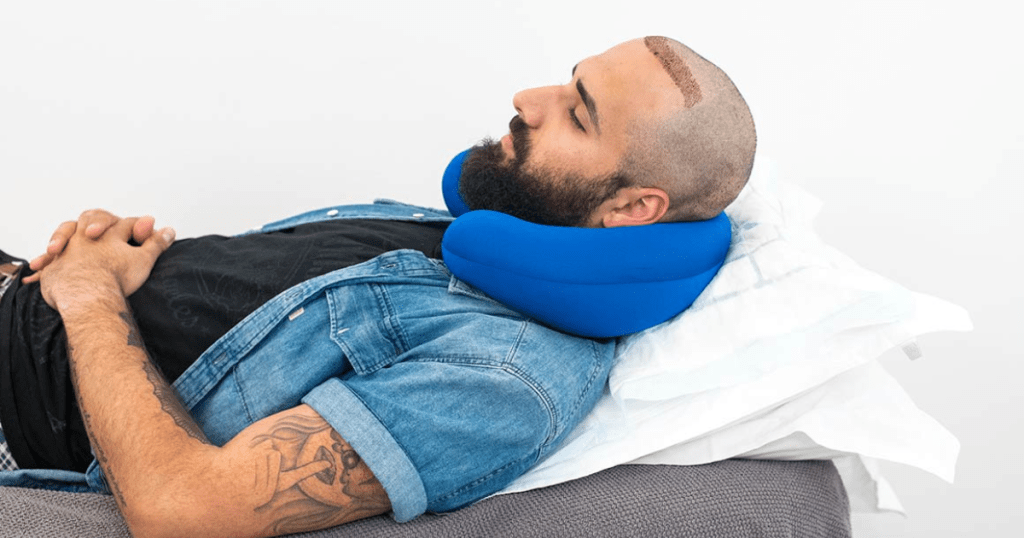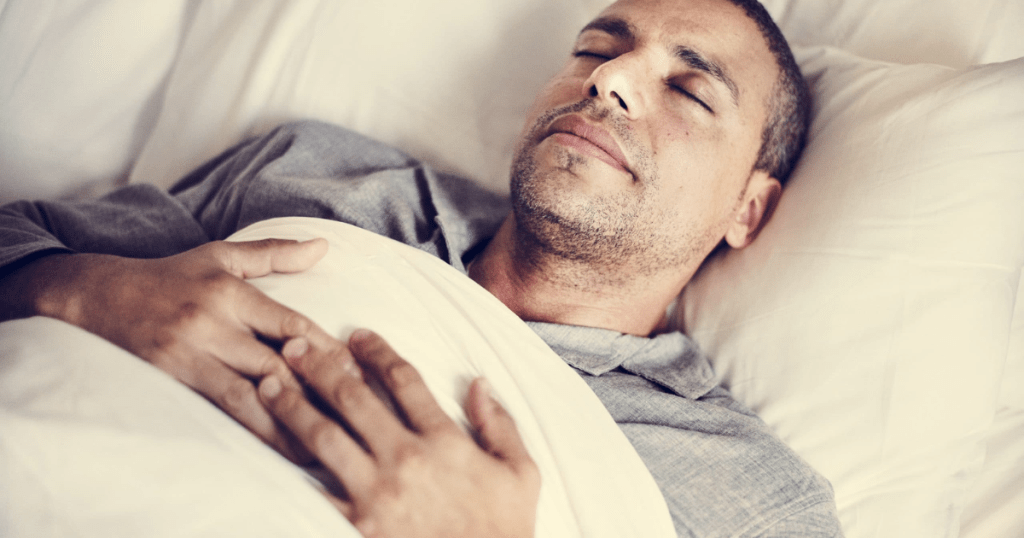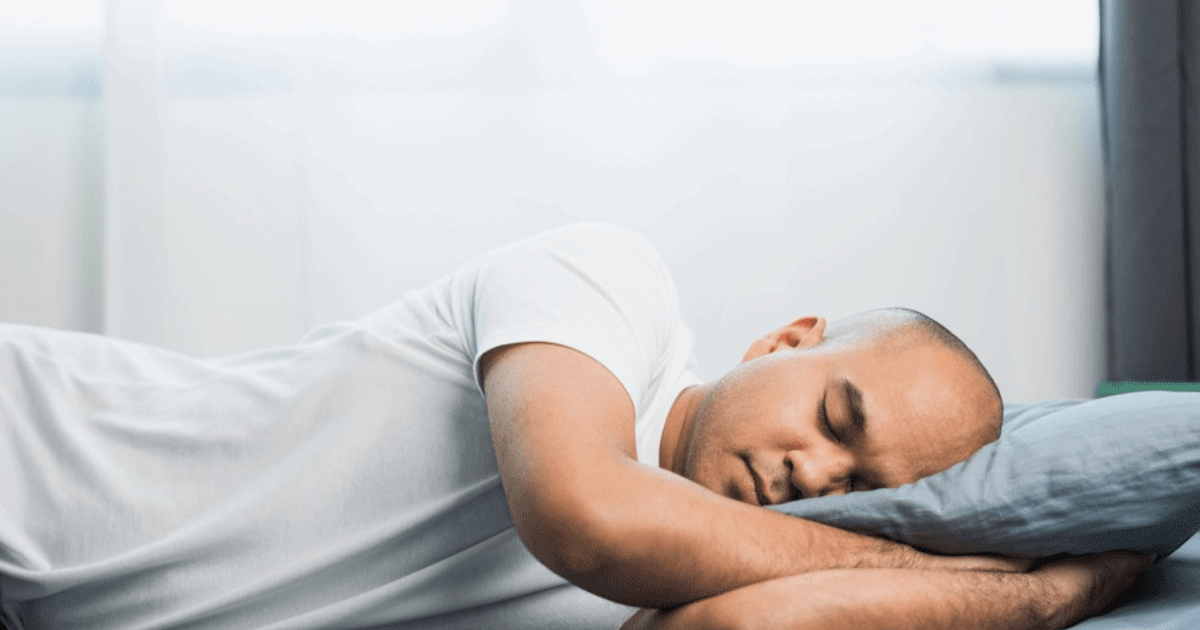Sleep is an essential part of our daily routine and becomes even more crucial after undergoing a hair transplant. Proper rest and sleep promote healing and contribute to successful recovery. Even so, many individuals find sleeping challenging after a hair transplant. Due to the sensitive nature of the transplanted hair follicles, this occurs. To sleep well, create a suitable sleep environment and follow the surgeon’s guidelines.
Imagine waking up refreshed, optimizing your sleep post-hair transplant. Giving yourself the necessary time to rest and sleep is essential. In question, how to sleep after hair transplant, It provides an optimal environment for the transplanted hair follicles to establish themselves. Quality sleep is essential for a refreshed and self-assured look during a hair transplant.
A hair transplant is a valuable investment in hairline restoration and a self-confidence boost. Proper sleep is crucial for optimal recovery results. This guide offers tips for a peaceful sleep after a hair transplant. It will allow you to wake up refreshed and ready to embrace your new look. Stay with us.

Creating a Comfortable Sleep Environment
Creating a comfortable sleep environment is essential for a good night’s rest. When setting up your bedroom, remember a few key things. Get a comfy mattress and cozy bedding for better sleep quality. Consider the temperature of your room and aim for a calm yet pleasant atmosphere. Use curtains or blinds to block out any excess light that could disrupt your sleep.
Create a clutter-free, peaceful bedroom for optimal sleep. Use soothing sounds for better rest. Customize your sleep sanctuary for a refreshing start each day.
A comfortable sleep environment is crucial after a hair transplant. Here are a few steps to know how to sleep after a hair transplant?
Choosing the Right Pillow
Choose the right pillow to ensure comfort and decrease harm to the transplanted area. Choose a soft, hypoallergenic pillow that offers proper support and relieves scalp pressure. Use a satin or silk pillowcase to prevent hair breakage caused by less friction.
Sleeping Position
Sleeping in an elevated position is recommended during the initial phase of recovery. Use extra pillows or an adjustable bed to keep your head elevated. It helps reduce swelling and promotes healthy blood circulation. Avoid sleeping on the transplanted area to prevent unnecessary pressure and friction.

Room Temperature and Humidity
Maintaining a comfortable sleep environment is crucial for a peaceful night’s rest. Maintaining ideal temperature and humidity levels is vital for post-hair transplant healing. Keep the room well-ventilated and cool to prevent excessive sweating and promote healing. A humidifier adds moisture during dry seasons, preventing scalp dryness and itchiness.
Ensuring Gentle Care for Transplanted Hair
Proper care is vital for transplanted hair growth. Handle it gently, and avoid touching or scratching the area. Use a mild shampoo and gentle scalp massage while washing. Pat your hair dry with a soft towel instead of rubbing it. Avoid rubbing to protect transplanted follicles. During the initial healing phase, avoid heat-styling tools and harsh chemicals. Protect transplanted hair from the sun with a hat or sunscreen. Gentle care protects and promotes the healthy growth of transplanted hair. Here’s what it involves:
Protecting the Transplanted Area
Follow post-transplant care instructions to protect and heal the transplanted area. Follow these instructions for the best procedure outcome. Avoid touching, scratching, or rubbing the transplanted area to prevent graft displacement or irritation. Be cautious while sleeping to protect the transplanted hair follicles.
Sleep Accessories
Consider using gentle sleep accessories to protect the transplanted hair while sleeping. Use a soft, breathable headband or loose cap for added protection. Avoid tight sleep accessories that may exert pressure on the scalp.
Hair Washing Routine
Follow the recommended hair washing schedule and technique provided by your surgeon. Cleanse the transplanted area using mild shampoo and lukewarm water to keep it clean and debris-free. Be aware not to apply excessive pressure or rub the area vigorously while washing.
FAQ’s
What is the best way to sleep after a hair transplant?
Keep your head elevated to reduce swelling and promote healing. Use extra pillows or an adjustable bed for a comfortable, upright position.
How many nights should I sleep upright after a hair transplant?
Sleeping upright for the first few nights post-transplant is recommended to lessen swelling. Follow your surgeon’s instructions for your specific case.
What is the best routine after a hair transplant?
Post-operative instructions are essential for optimal recovery after a hair transplant. It may include gently washing the transplanted area and avoiding strenuous activities. To safeguard the grafts, avoid direct sunlight and excessive rubbing. Stick to a routine that promotes proper care and healing.
Can I sleep lying down after a hair transplant?
Consult your surgeon for personalized guidance. While sleeping upright is advised, your surgeon will tell you when it’s safe to lie down.
Is using a hairdryer or styling tools safe after a hair transplant?
It is best to avoid using hair dryers or styling tools, such as curling irons or straighteners, immediately after a hair transplant. The transplanted hair follicles are delicate and vulnerable during the initial healing phase. The heat from these tools can cause damage or disrupt the healing process.
Conclusion
In conclusion, how do you sleep after a hair transplant? Healthy sleep practices are essential for a successful hair transplant. You can optimize your sleep by following the guidelines outlined in this comprehensive guide. Promote healing and achieve optimal hair transplant results. Remember to prioritize sleeping on your back, use supportive pillows, and elevate your head to reduce swelling.
Creating a relaxing sleep environment is crucial. This includes the right room temperature, darkness, and comfortable bedding. Also, maintaining good sleep hygiene will further aid your recovery. Stick to a consistent sleep schedule and limit screen time before bed. Please consult your surgeon for personalized
recommendations and adhere to their post-operative instructions. Enjoy peaceful and rejuvenating sleep post-hair transplant with patience and diligence. It will set the stage for healthy hair growth and a positive outcome. Sweet dreams!








